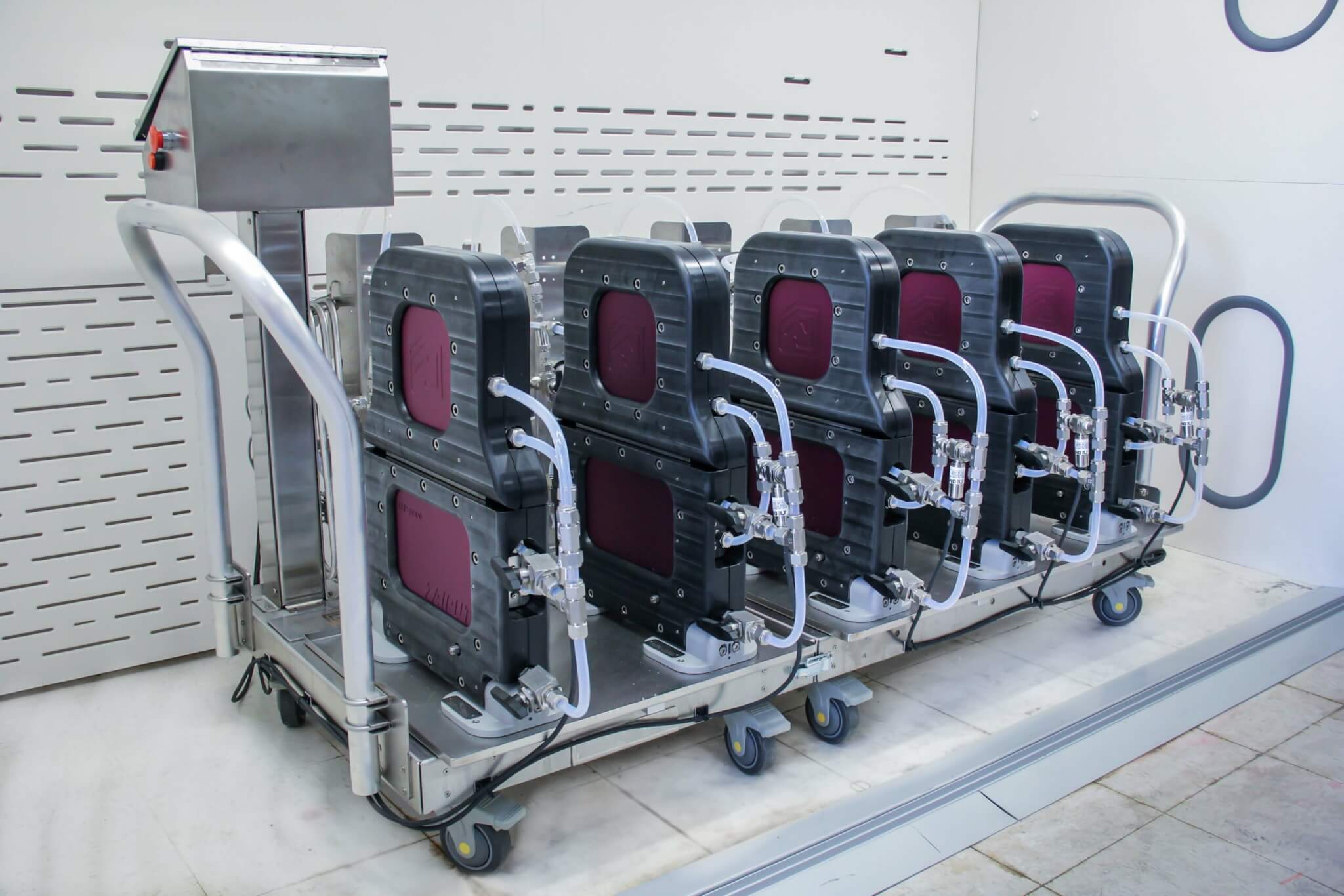Optimization of Partition Chromatography
What We Offer
Continuous partition chromatography can achieve separation of chemical species in a similar way as simulated moving bed chromatography does, but with the important advantage of eliminating the need of the expensive stationary phase.
Developing an efficient partition chromatography process requires careful selection of solvents and optimization of separation conditions.
We have developed automated equipment and protocols to identify the composition of the liquid phases that provide the best performance for your specific case.
Our comprehensive development services result in a tailored separation process as we work with you to create a scalable and efficient process that meets your requirements.
Key Features
- End-to-End Process Development: We design, test, and optimize a complete separation process based on your specific needs.
- Solvent Selection & Evaluation: We systematically test and identify the optimal solvent composition for your system using our proprietary solvent selection machine and our expertise.
- Model & Experimental Validation: We leverage our internally developed models as well as experimental testing to provide insight on benefits and performance of partition chromatography.
- Customized Reports & Guidance: Receive detailed process documentation, including solvent performance analysis, separation efficiency, and scalability insights.
How It Works
- Consultation: We discuss your specific separation challenges and project requirements.
- Sample Submission: Send us your sample (with HPLC analytical method if needed) for analysis and testing.
- Solvent System Optimization: Identify one or more solvent systems that provide differences in partitioning of the chemical species to separate, according to your needs and constraints.
- Modeling: We develop a separation process that meets your needs, optimizing relevant parameters.
- Experimental Testing: We carry out experimental tests on our laboratory scale platform to validate the model’s expected results.
- Process Development: Iterate process steps 3, 4, and 5 (solvent system optimization, modeling, and experimental results) until process specifications are demonstrated experimentally.
- Scale Up: We advise on scale-up feasibility and requirements.
Please contact us if you would like to discuss in detail how Zaiput can help you.

